The director of Ames National Laboratory in the US discusses getting hooked on chemistry via parental inspiration and a benchtop NMR
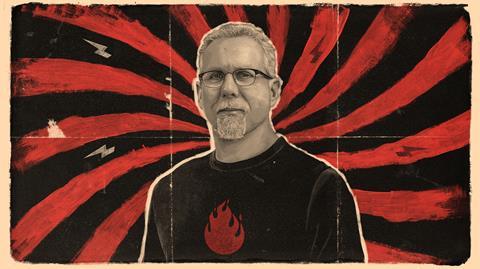
Karl Mueller, a physical chemist who had served as director of the US Department of Energy (DOE) Pacific Northwest National Lab’s programme development office in physical and computational sciences since 2021, became the new director of the DOE’s Ames National Laboratory in Iowa on 1 June.
I grew up the second of four children in the rather small city of Tonawanda, New York, which is about halfway between Buffalo and Niagara Falls on the beautiful Niagara River.
We spent a lot of time running around outside, like many kids in the 1960s and 1970s, and played a lot of street hockey. I also explored tonnes down at the Niagara River – a lot of swimming. My family was big into fishing, so we spent a significant amount of time on the water.
We were free to do a lot of things, whatever piqued our interest, and there wasn’t a lot of pressure to study every night. We were very involved in high school musicals, band and chorus.
Dad was an analytical chemist, and he worked at a local chemical company. He had his associate’s degree – which is a two-year degree offered at community colleges and technical colleges – and never went further with his formal education. So, to have two boys that became PhD chemists I think was very exciting for him.
He used to take the four of us kids into the lab to show us his infrared spectrometer and his gas chromatograph. We thought it was all just like science fiction.
Mom stayed at home when we were younger, in the 1970s and 1980s. But she did go out into the workforce later. She could operate a telephone switchboard. For a person with a high school education in the late 1950s or 1960s, she had some mad skills. I think she would have ended up being a computer programmer had she been born about 40 years later.
Some really good high school teachers got me into chemistry. And then in college, I was able to get into the lab and start doing chemistry experiments and was really drawn towards the instrumentation side of things – being able to put a sample into a machine and get out some information and be talking to the sample, if you will, and interrogating it.
When I went off to undergrad at the University of Rochester, I took voice lessons for a number of years at the university’s Eastman School of Music because I needed humanities credits. I was a chemistry major who would go downtown once a week to learn singing.
I’ve done almost every classic rock ride there is on the Peloton
My junior year, I took a physical chemistry lab course, and we built a nuclear magnetic resonance spectrometer on the benchtop. We had some diagrams and some explanation of how it worked, and within about an hour we were sending radio waves in and were getting different radio waves back, basically from the atomic nuclei. I thought this was absolutely amazing, and that got me hooked.
I have authored more than 195 peer reviewed papers, a lot of them as the principal author. In the last five to 10 years, I’ve been collaborating with great people. I realised that I had matured as a scientist when I started giving away my best ideas because I wouldn’t have time to pursue them.
Outside of work, I try to exercise as much as possible. I really like spinning and am a big fan of the bike. I’m also a huge fan of classic rock. I’ve done almost every classic rock ride there is on the Peloton.
I am ultra-attuned to what is going on in terms of science policy in the US, amid this current financial environment. We try to pay attention to information that we get from Washington – what we’re hearing from the DOE Secretary, what we’re hearing from people familiar with what is happening in the federal government.
Now that I have transitioned to this new position at Ames, I want to really take the opportunity to look at the way that we do our work and solve scientific problems. There are going to be significant opportunities for greater efficiencies, using things like artificial intelligence. It really is a time when innovation can flourish.
I think and get work done best sitting in the shade on a sunny day – I feel a sort of peace that allows me to ultra focus. I also get a lot of thinking done on airplanes these days. It’s nice to not have the internet and emails coming in all the time, and to be able to kind of separate myself off while flying somewhere.
The inability of humans to expand how they think is one of the biggest dangers to science right now. It is especially important not to retrench when times are perceived to be more difficult. Having the mental fluidity to be able to think differently and to go after new and exciting research directions is key to being innovative.
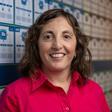

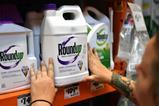
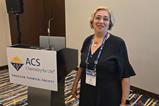
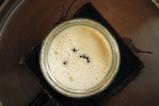
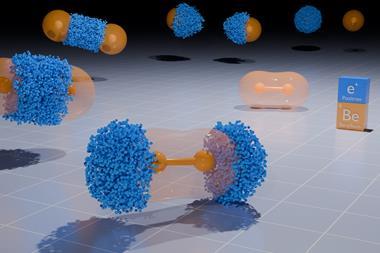
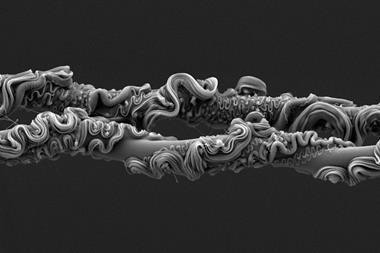

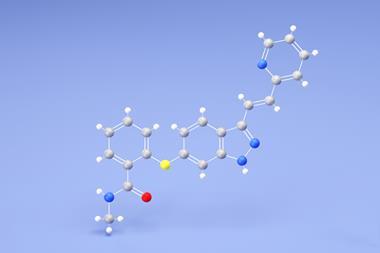

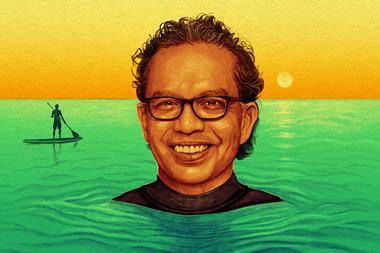
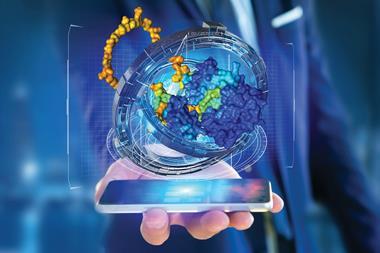
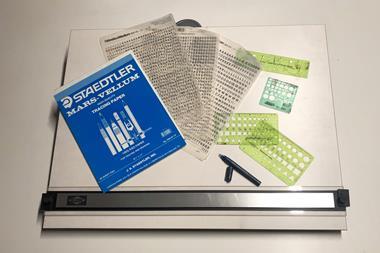
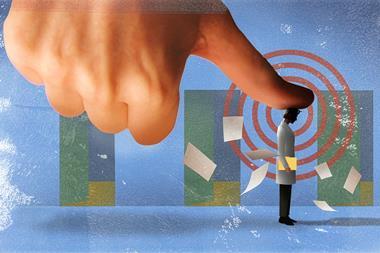
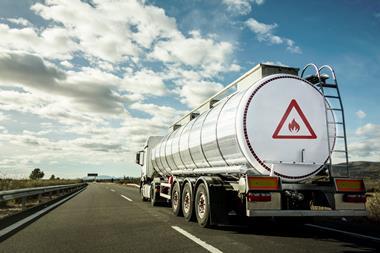
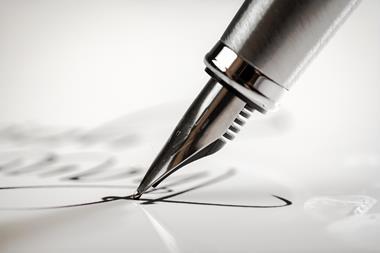
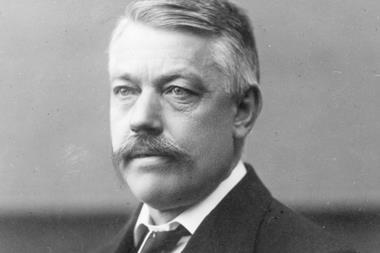
No comments yet